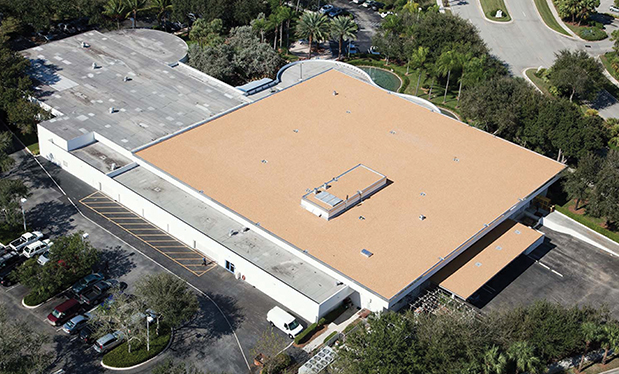It's been 10 years since The Roofing Industry Alliance for Progress commissioned futurist Atul Dighe to examine what the roofing industry would look like in 20 years, that is, in 2025. Now that we're halfway there, it's a good time to see how the report holds up.
The report's key findings were these:
- The industry will consolidate at all levels with the role of distribution changing the most profoundly as a result. Larger firms—in all industry segments—will have the advantage of economies of scale; small firms will have the advantage of being nimble; and mid-size firms will find it increasingly difficult to compete.
- The roofing industry will become more important in terms of energy conservation and other sustainability issues. Rooftop solar applications will offer the industry new and exciting opportunities.
- Building owners will become more sophisticated and increasingly choose to work with contractors they view as being the most professional and reliable.
- The workforce will become a big issue with Latinos playing an increasingly large role.
Now, no futurist ever gets it all right, but with all the benefits of hindsight, that ain't bad.
The report didn't foresee, for example, the financial crisis that would occur just a few years after it was issued. Nor did the report talk about the vagaries of the U.S. housing market, but then, few people saw the big collapse that was coming.
And the truth is: The roofing industry still hasn't come to a conclusion about any of the big trends mentioned in the report. Solar is being installed on rooftops, to be sure, but not always by roofing contractors. Solar technology has improved but mostly to the advantage of large-scale panel installations. Sustainability clearly is driving decision making for roof system selection, but the industry still needs to figure out how it can be optimized: Green roofs? Added insulation? More reflectivity? Recyclable products? All the above?
Since 2005, the industry clearly has consolidated though probably not to the extent or in the manner the report suggested. The most significant consolidation has been in the distribution segment where a handful of large national and regional firms have market dominance. Manufacturer consolidation has been more modest, and contractor consolidation has occurred more by organic growth than by acquisition.
And the report, though helpful for predicting the current shortage of workers, didn't provide much in the way of solutions. Finding and keeping good talent remains our single biggest challenge with no easy short-term fixes.
Dwight Eisenhower famously said: "The plan is nothing. Planning is everything." So, too, with studies of the future. They force us to look ahead, consider the consequences of the forecasts and, perhaps most important, consider the consequences of remaining static in the face of change.
One thing we know for sure: The next 10 years, like the past 10, will be incredibly exciting.
Bill Good is NRCA's CEO.



